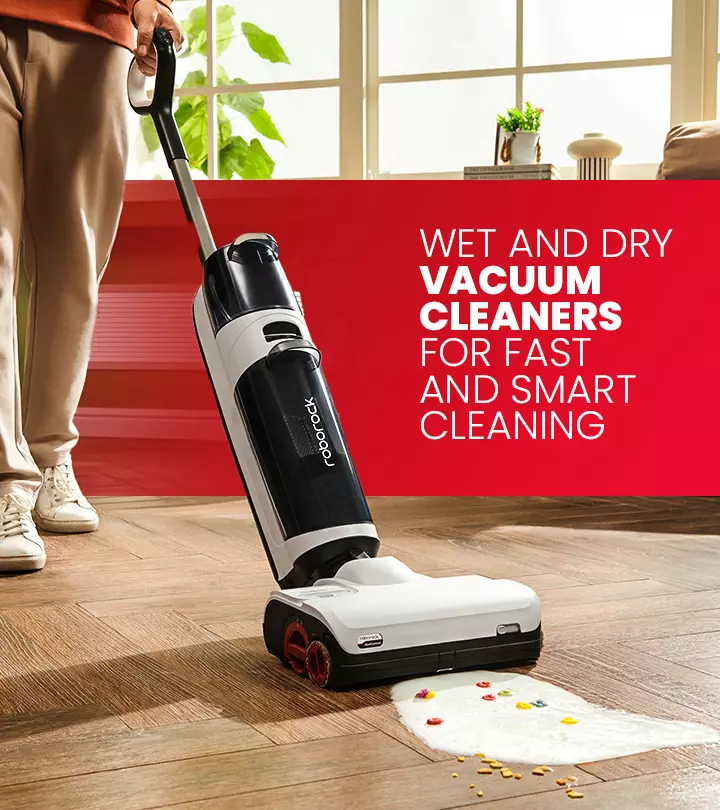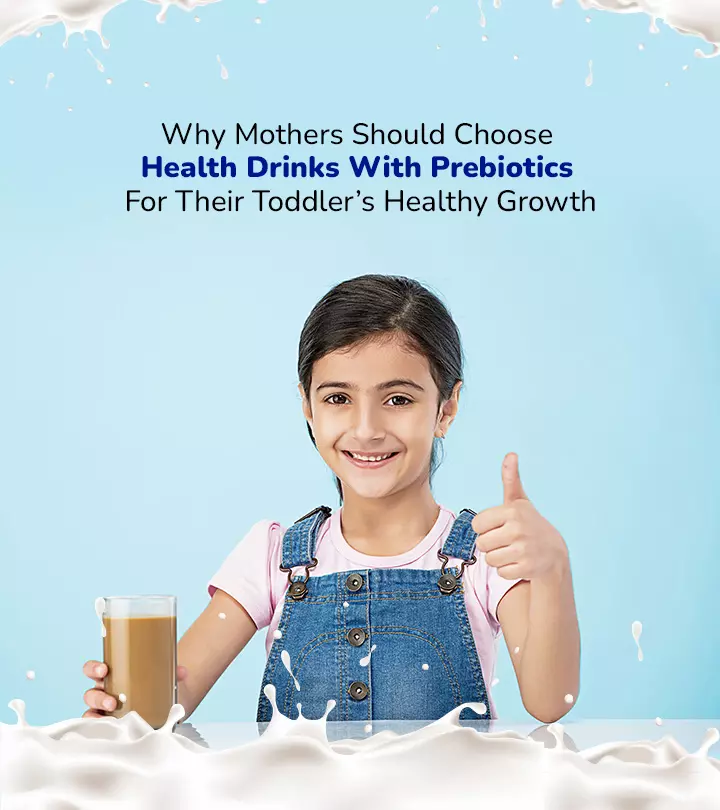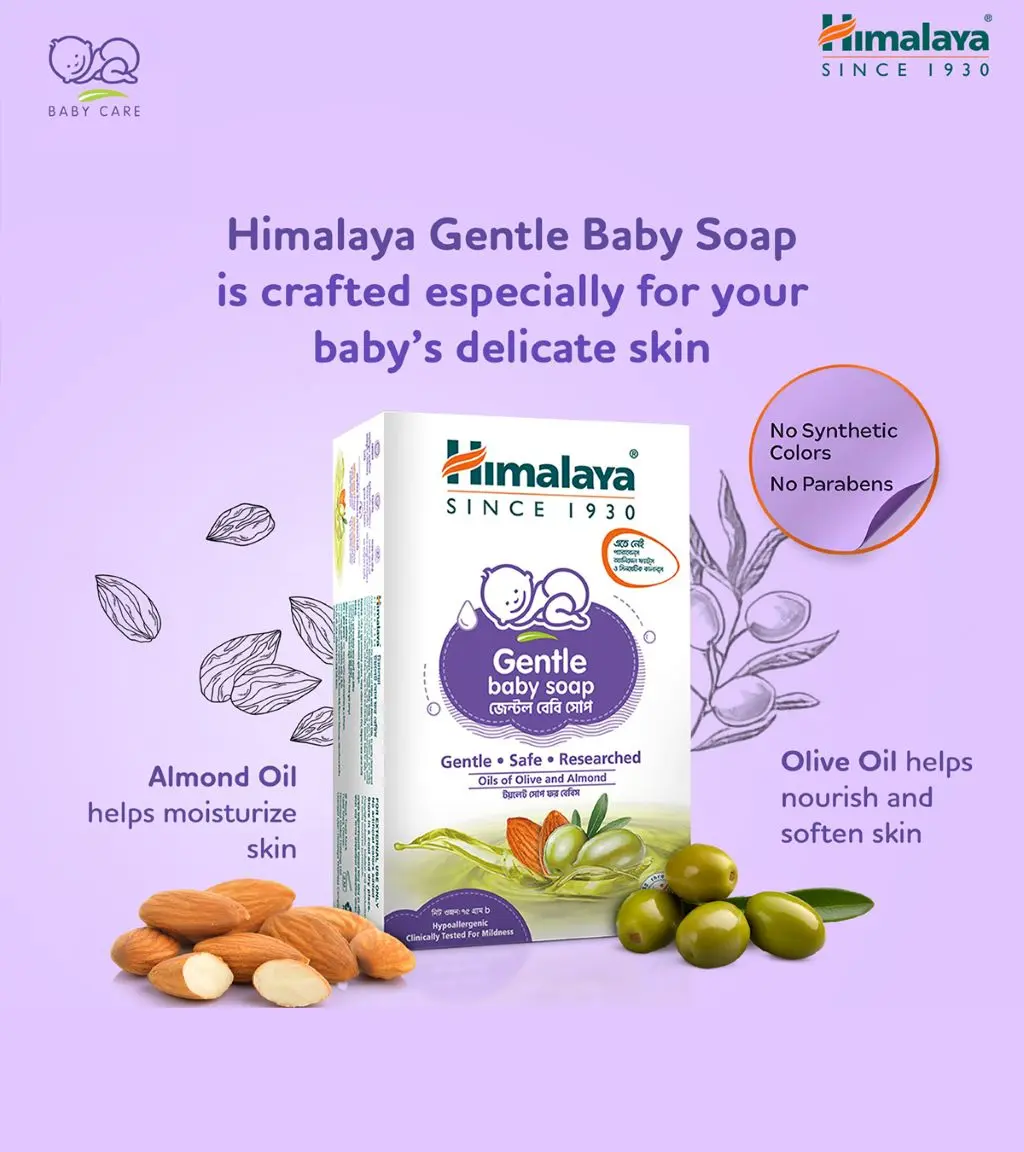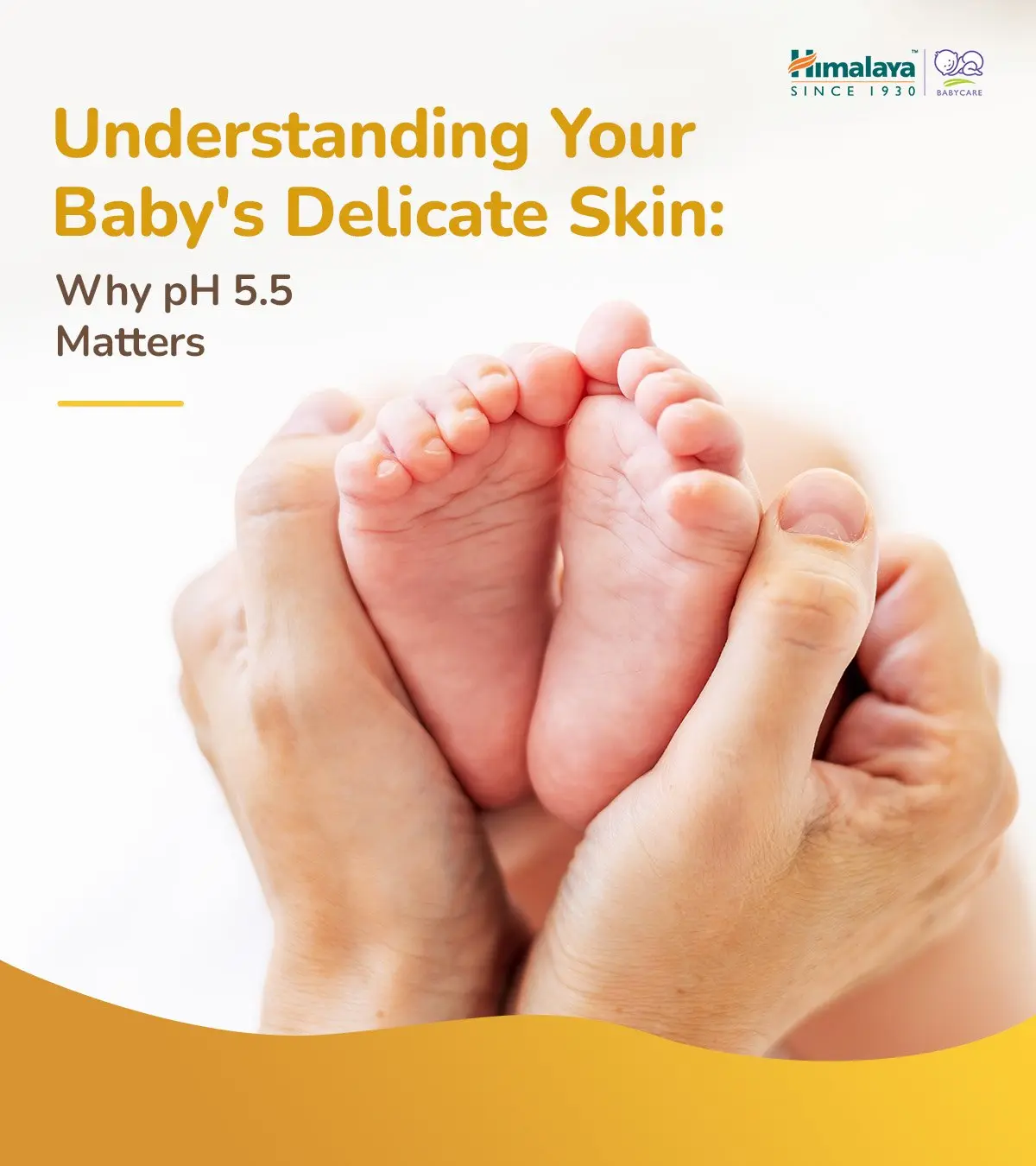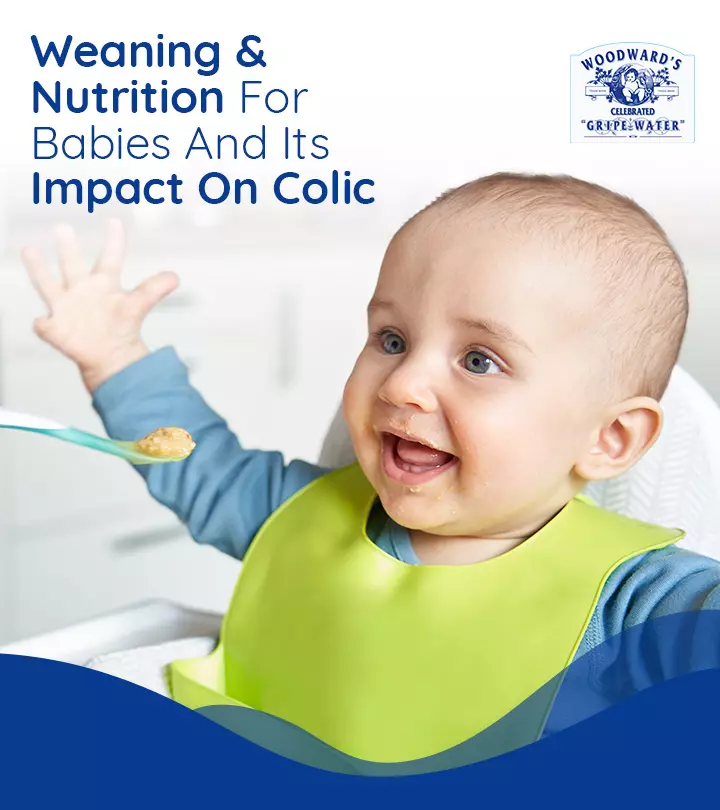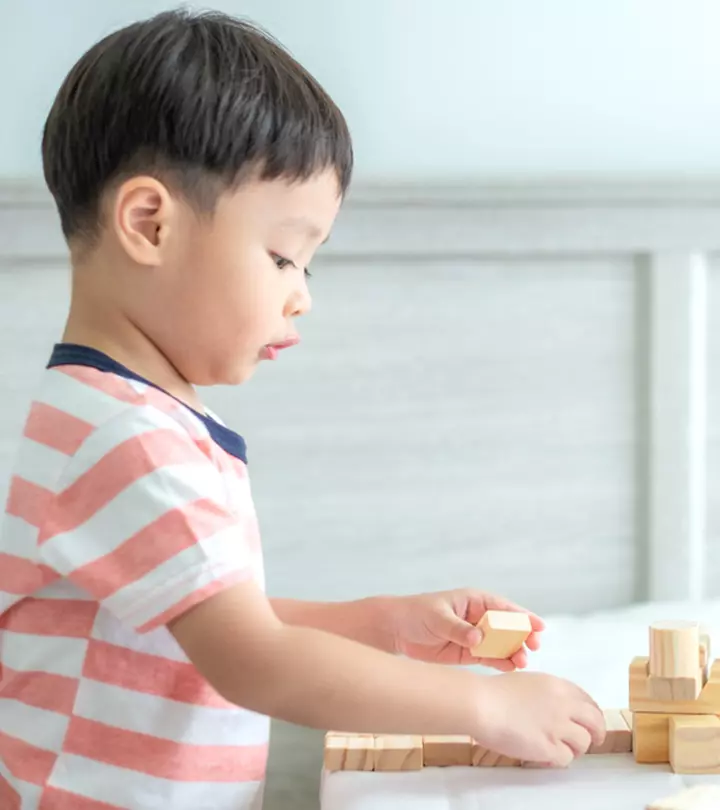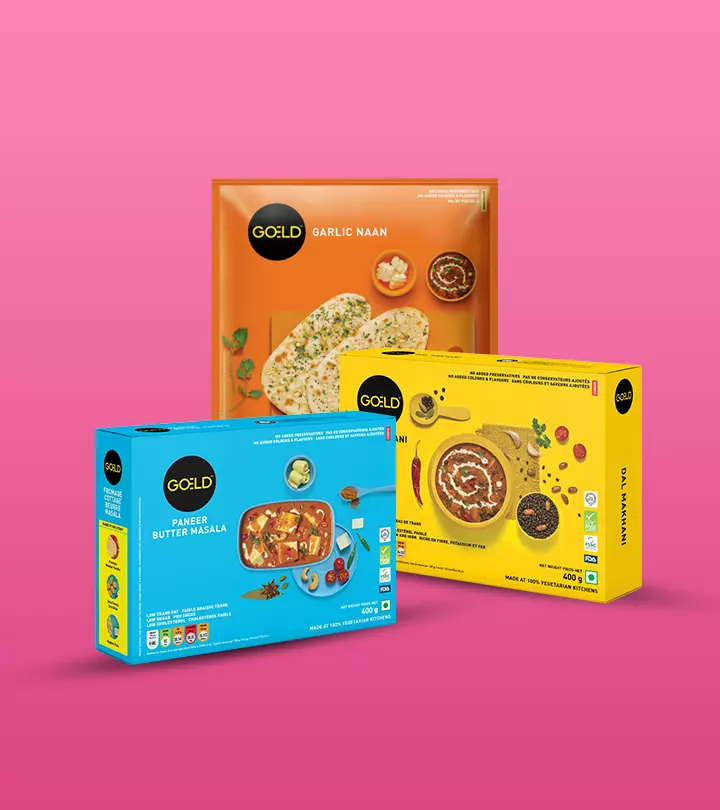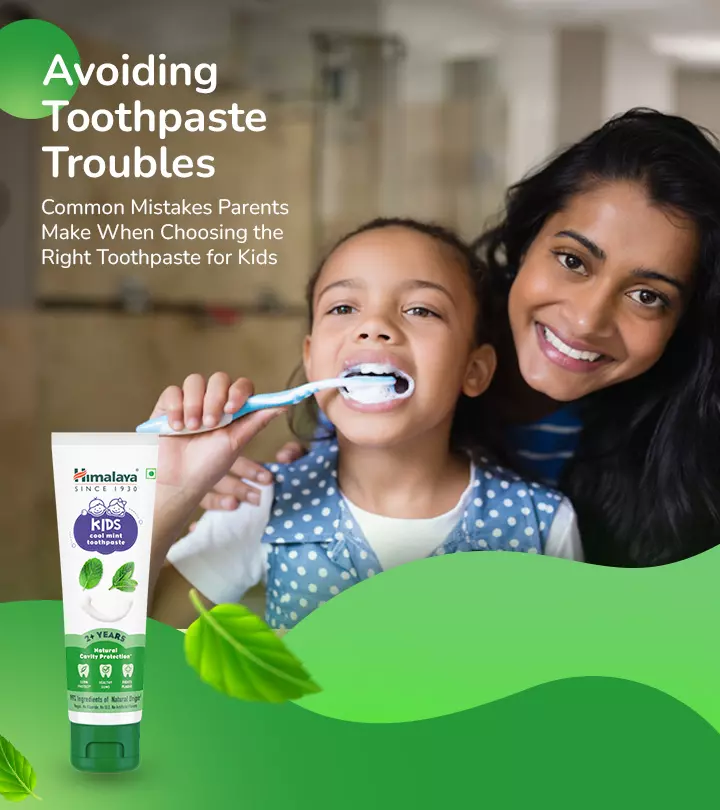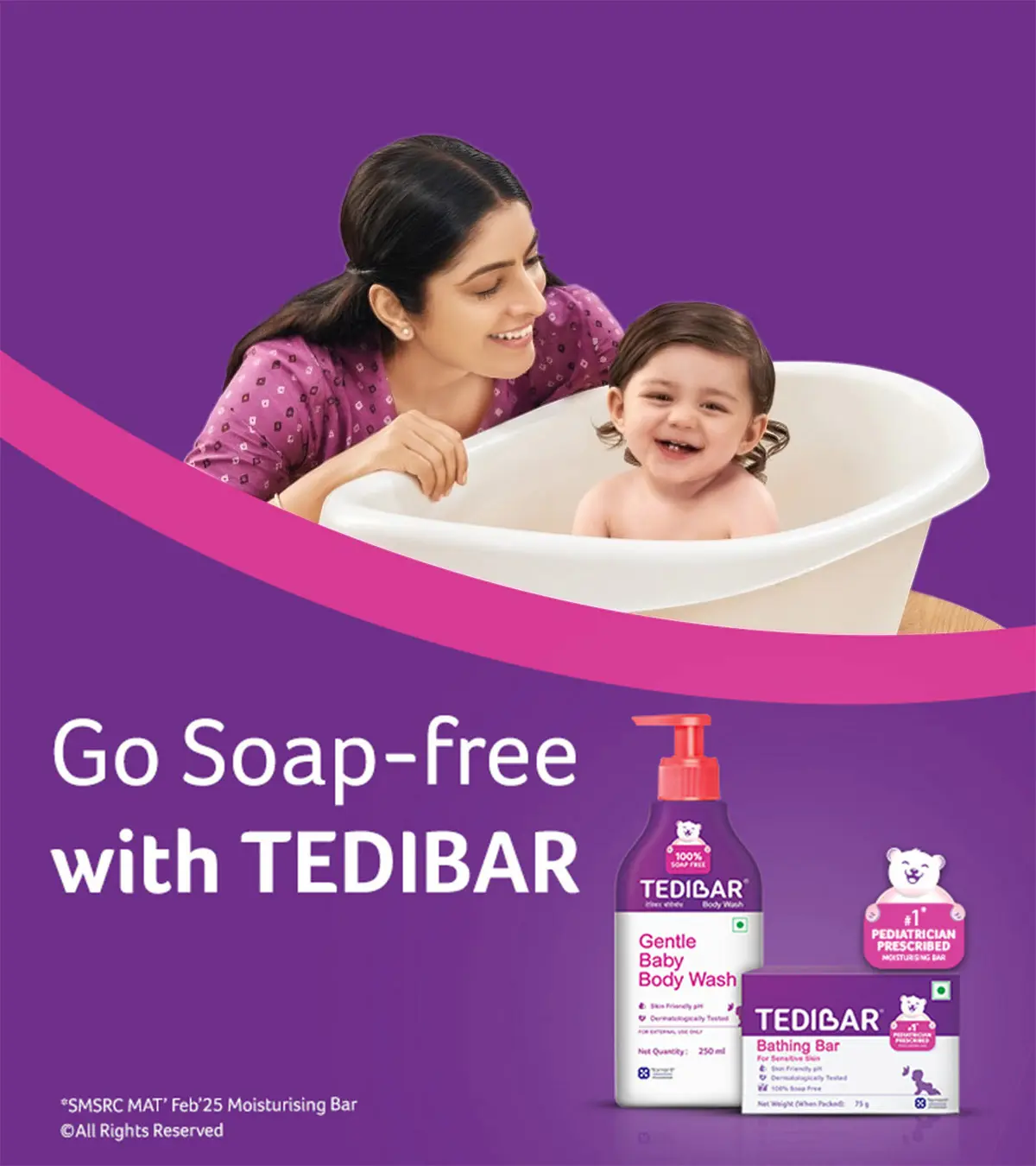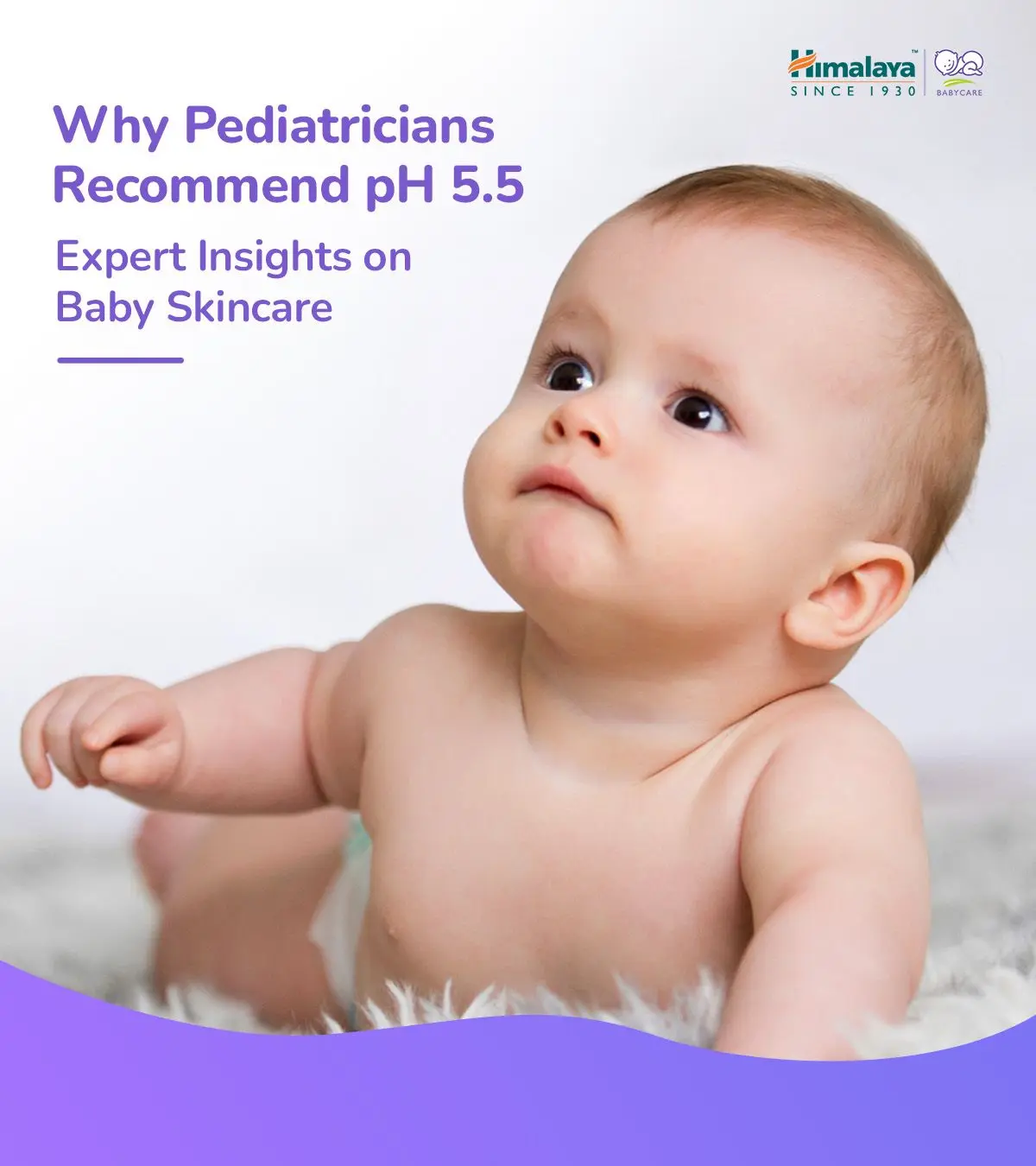
Image: ShutterStock
From first baths to diaper rashes and everything in between, your baby’s skin goes through a lot. And if you have ever stood in the baby aisle, overwhelmed by lotions and washes, wondering which one is actually safe, you are not alone. The truth is, baby skin isn’t just soft—it is significantly thinner and more sensitive than adult skin, making it more prone to dryness, irritation, and infections. That is why pediatricians across India and globally now recommend pH 5.5 skincare as the gold standard in baby skin health.

In this article, we bring you expert insights, clinical research, and simple solutions to help you understand what pH 5.5 really means and why it matters for your baby.
What Pediatricians Say About Baby Skin Health
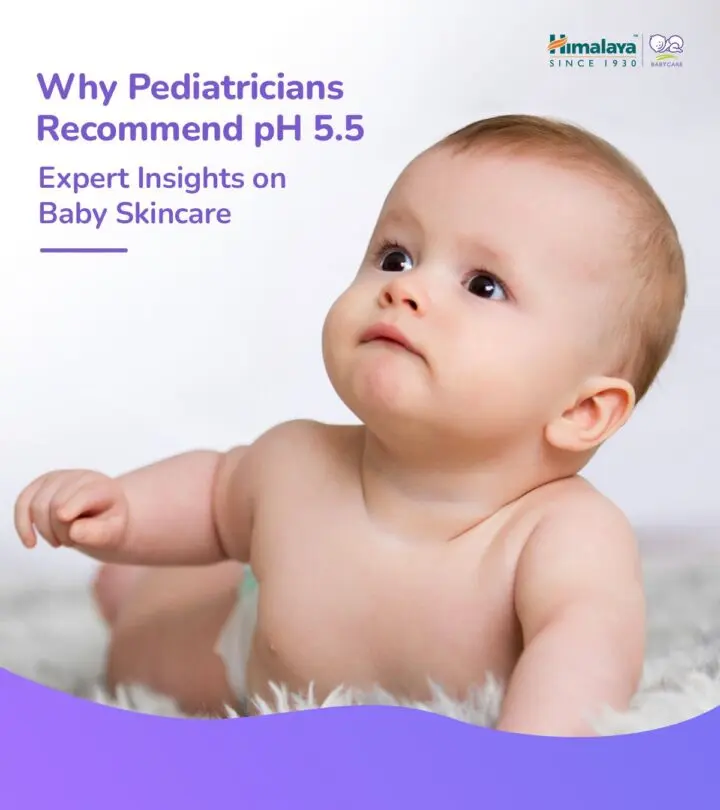
Many pediatricians today emphasize that a baby’s skin barrier is still developing, which makes it more vulnerable to external stressors, like harsh cleansers, changing weather, and allergens. According to a study published in the Pediatric Dermatology journal, baby products should be formulated at approximately pH 5.5 to ensure safe and gentle care for delicate baby skin.
A newborn’s skin may appear flawless, but it takes time, up to the first year, to mature fully. Until then, extra care is essential.
Pediatricians recommend:
- Use soap-free, pH 5.5 cleansers that don’t strip natural oils.
- Moisturize daily with lightweight, pH-balanced creams or lotions.
- Avoid adult skincare products—even mild ones—as their pH can disrupt the skin’s natural acid mantle.
The Science Behind pH 5.5: Backed by Clinical Research
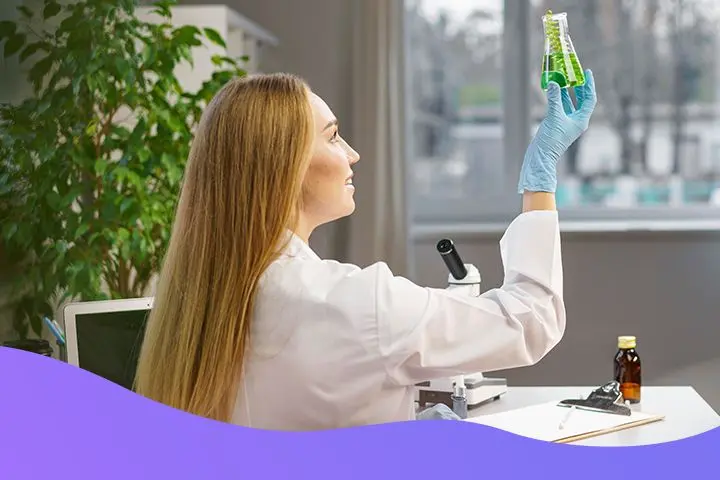
Wondering if this is just a trend? It’s not. Clinical studies have shown that maintaining a pH of 5.5 on baby skin supports a healthy acid mantle—a protective film that guards against infections, moisture loss, and inflammation.
A 2025 consensus on neonatal skin care states: “The cleanser should be formulated to be pH neutral to mildly acidic and to not disturb the normal pH of the baby skin.”
Indian Academy of Pediatrics guidelines and other expert reviews also recommend using mild, neutral, or slightly acidic cleansers to avoid disrupting the skin barrier, especially in infants prone to dryness or irritation
pH matters because:
- A higher (alkaline) pH can disrupt the skin’s microbiome, making it prone to rashes.
- A balanced pH helps retain natural moisturizing factors (NMFs), essential for softness.
- It reduces the risk of eczema flare-ups in babies predisposed to sensitive skin.
Did you know? Products with pH 5.5 are gentle enough for daily use—even on newborns.
Expert-Backed Solutions For Common Baby Skin Issues
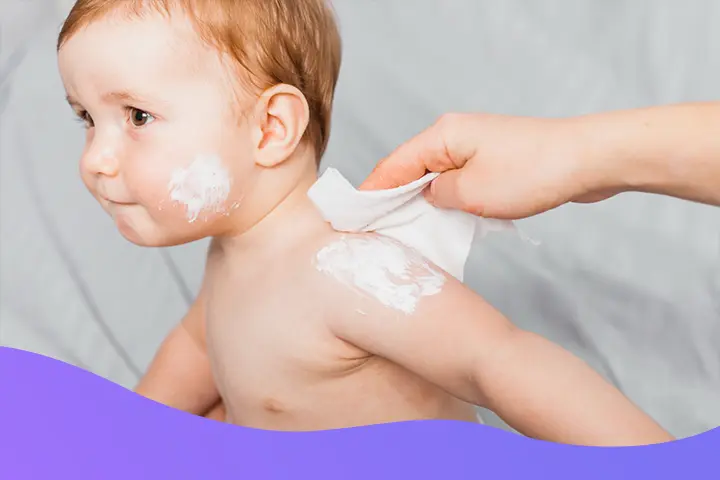
Every baby is different, but some skincare concerns are universal. From cradle cap to nappy rash, these expert-approved tips focus on prevention and gentle healing, with pH 5.5 routines at the center.
1. Heat Rash or Prickly Skin (Summer months):
- Use a cooling soap or body wash with natural extracts that will not harm the baby’s skin. The Himalaya Refreshing Baby Soap is the perfect fit. It has invigorating ingredients like watermelon, vetiver, and neem that will calm your baby and keep their skin soft and supple through the summer months.
- Keep the skin clean and sweat-free with twice-daily cleansing.
- Avoid talc-based powders; opt for pH-safe skin soothers. The Himalaya Prickly Heat Baby Powder is clinically tested to be safe for your baby’s skin and will ensure their comfort and lively mood all day long.
2. Dryness and Flaking (Winter):
- Choose a fragrance-free, pH 5.5 body cream with nourishing ingredients like ghee or olive oil. The Himalaya Baby Cream with pure cow ghee ensures an adequate level of nourishment for your baby during harsh winters.
- Bathe the baby in lukewarm water and limit to 5 – 7 minutes. Opt for the Himalaya Extra Moisturizing Baby Wash for a soothing cleansing that does not strip away natural oils.
- Moisturize within 3 minutes post-bath to lock in hydration.
3. Diaper Rash (Any season):
- Clean with pH-balanced wipes or water-based cleansers; skip perfumed products. Opt for the Himalaya Gentle Baby Wash to cleanse your baby’s skin with minimum irritation. Further, choose the Himalaya Gentle Baby Wipes for soothing and convenient cleaning throughout the day.
- Apply a barrier cream after every diaper change. Look for ones with zinc oxide and panthenol, both pH-friendly. The Himalaya Baby Rash Relief Cream with Pure Cow Ghee is a great product to heal rashes and fortify your baby’s skin.
- Allow diaper-free time every day.
Remember: If your baby has recurring rashes or eczema, consult a pediatric dermatologist before switching products.
How to Build a Pediatrician-Approved Skincare Routine
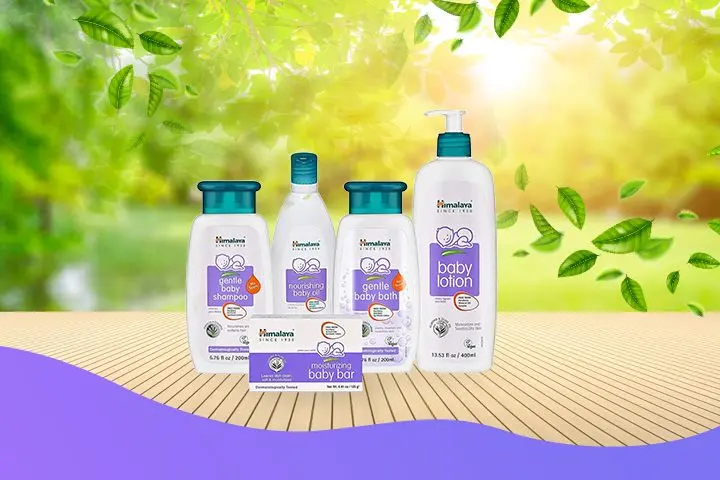
Consistency is key when it comes to baby skincare. Once you find the pH 5.5 Himalaya products that suit your baby, stick to them instead of switching frequently.
Here’s a simple, pediatrician-approved routine:
Bath Time (1–2x daily):
Mild pH 5.5 body wash + soft washcloth. Avoid bubble baths and strong fragrances.
Moisturizing (Immediately after bath):
Apply pH-balanced lotion or cream while the skin is still slightly damp.
Diaper Care (Every change):
Clean with soft wipes or water + apply protective cream.
Outdoors/On-the-Go:
Carry a pH 5.5 sanitizer or cleansing spray safe for skin and surfaces.
As a parent, you already do so much to keep your baby safe. Choosing pH 5.5 skincare is one simple yet powerful way to protect their delicate skin every day, season after season. Himalaya’s range of gentle pH 5.5 baby products can serve as the perfect support system as you navigate parenthood, ensuring the best care for your baby. Trusted by pediatricians, backed by science, and loved by moms, you never need to second-guess switching to the power of pH 5.5.
Why pH 5.5 Is Essential for Baby’s Skin
Watch our video on why pediatricians love pH 5.5 baby skincare. Learn how it protects and nourishes delicate skin gently. Tune in now!
Community Experiences
Join the conversation and become a part of our nurturing community! Share your stories, experiences, and insights to connect with fellow parents.

